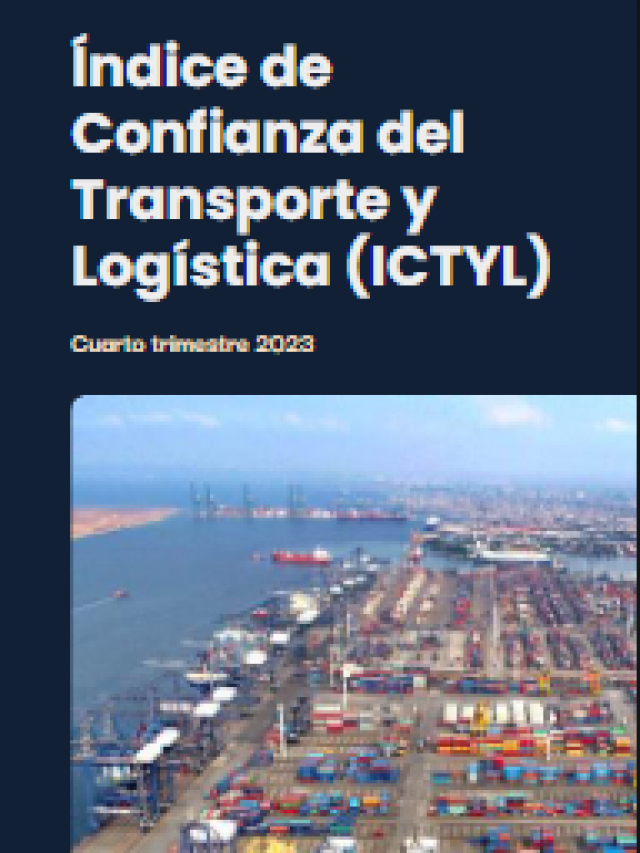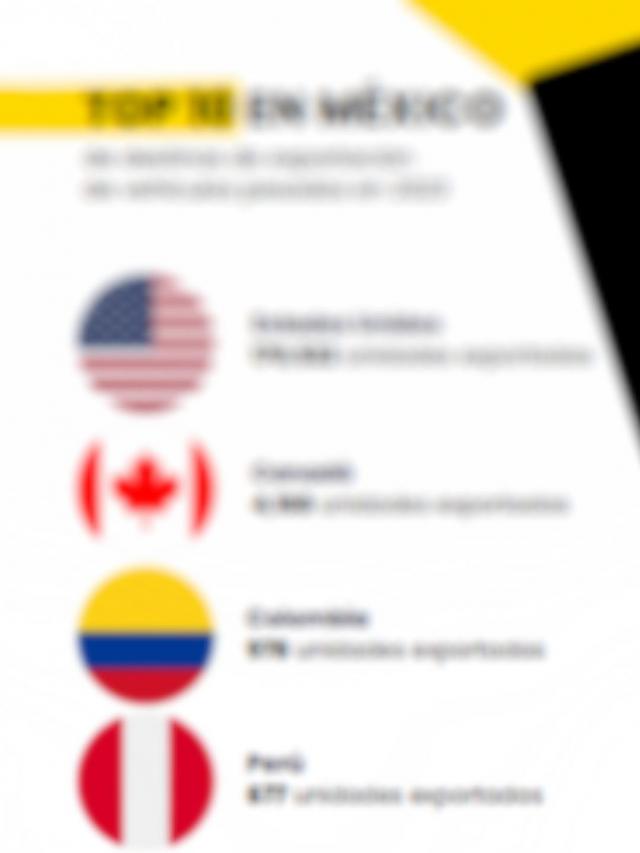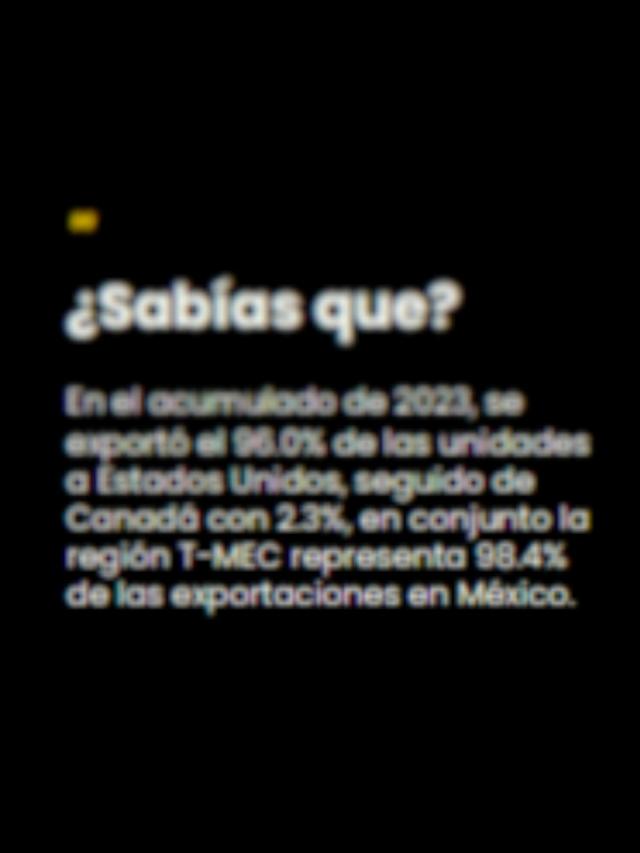
The global automotive industry has become one of the most complex chessboards in today’s geopolitical chess game, amid trade tensions, environmental regulations, and reindustrialization ambitions.
From the trade war driven by US President Donald Trump to China’s technological and manufacturing offensive, to Europe’s efforts to lead the energy transition, the automotive sector has moved beyond being just a matter of factories and auto parts, becoming a key focus of global economic diplomacy.
In this context, the Mexican Foreign Service Association (ASEM) convened three experienced voices who agreed that Mexico faces a new strategic opportunity , but only if it acts with intelligence and regional vision.
“What we’re seeing is the pendulum swinging back. For years, production chains migrated to Asia, turning China into the world’s factory. But now, the United States wants to regain control, strengthen its industrial base, and restore lost jobs,” said Guillermo Bernal del Valle, director of Public Affairs for the American Chamber of Commerce in Mexico .
That decision has had consequences. Donald Trump imposed tariffs of up to 145% on Chinese products and extended the tariffs to countries like Vietnam, Malaysia, and India, all of which are strong competitors of Mexico in manufacturing.
In contrast, Mexico has been exempt, which Guillermo Bernal interprets as tacit recognition of the validity of the Treaty between Mexico, the United States and Canada (T-MEC) .
For his part, Guillermo Rosales Zárate, executive president of the Mexican Association of Automobile Dealers (AMDA) , was critical of the economic logic behind Trump’s policy.
“I struggle to find any rationale in Trump’s decisions. Returning to a 20th-century manufacturing model is not viable; the United States lacks the demographic or economic capacity to sustain it. Its true value lies in services, not in the production of goods,” Rosales Zárate stated.
For the leading auto dealer, the key is to strengthen regional cooperation , as the North American auto industry operates as an integrated chain in which a vehicle can cross the border up to eight times before being completed.
“We can’t talk about a Mexican or American car. We’re talking about a North American vehicle,” he asserted.
But if the integration model works, why hasn’t Mexico capitalized more fully on its position? Arnulfo Gómez, Mexico’s former trade representative to Canada, noted that “we lacked strategy.”
He explained that with the entry into force of the North American Free Trade Agreement (NAFTA) in 1994, Mexico should have strengthened its industrial base ; however, between 2000 and 2015, more than 2,500 foreign companies, many of them in the automotive sector, left the country for Asia.
“While others were defining clear industrial policies, we were signing scattered treaties without direction or objectives,” he said.
The problem worsened when reviewing the regional integration of exported vehicles.
In 1994, 35% of the value of a car produced in Mexico was domestically produced, and by 2019 that proportion had fallen to just 26%.
According to Gomez, this is due to a lack of investment in training, technology and supplier development .
USMCA, a more demanding integration
Despite past mistakes, the new trade agreement between Mexico, the United States, and Canada opened a new window of opportunity.
The USMCA now requires that 75% of a vehicle’s value come from the region to be tariff-free.
It also establishes stricter sourcing criteria for key components such as the engine, transmission, steel, and aluminum, as well as a minimum wage requirement of $16 per hour for at least 40% of production.
“These new rules have made integration more complex, but they have also generated greater value in the region,” Rosales explained.
He also highlighted that since the renegotiation of the trilateral treaty, Mexico has consistently increased the volume of locally produced auto parts and components.
Regional logic seems to prevail despite protectionist rhetoric, and today 65% of vehicles assembled in North America are produced in the United States, 28% in Mexico , and 7% in Canada.
Furthermore, nearly 40% of the value of a vehicle produced in Mexico corresponds to U.S. inputs and services, and vice versa.
“If the United States wants to compete with China or Europe, it needs Mexico and Canada. The challenge is for us to understand this and act accordingly,” Bernal said.
In this context, experts agreed that the automotive industry is no better off than it was before the Trump administration . However, compared to direct competitors like Germany and Japan, Mexico is in a better position, which could be taken advantage of.
Comment and follow us on X:@jenna_GH_/ @GrupoT21















